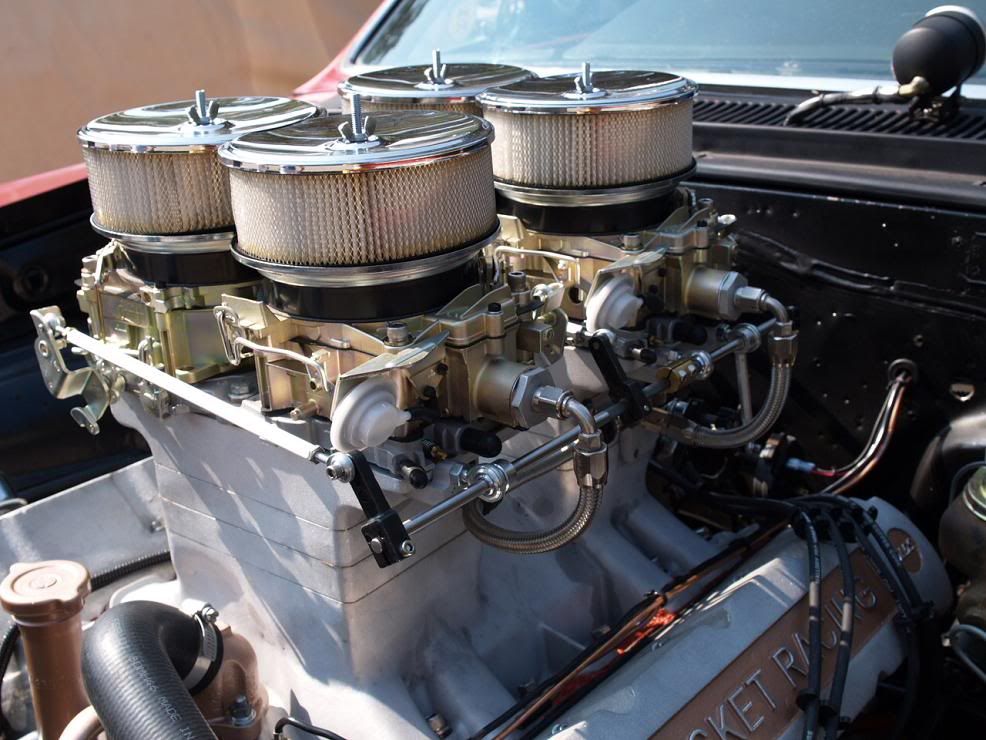My name is Jeremie I'm from france and owner of a mustang 351c 4V and looking for information about my engine.
I hope that It is not a probleme that I have a mustang and not a pantera, anyway my concern is my engine build, hope this discussion may help some pantera owners.
Here is (are) my problem (s) :
Compression ratio :
I'm quite convinced about what has been said by George P, in the performances topic about 351C, I guess I read it 35 times
Ok so what I want is reach 11:1 or 11.5:1, something wich is quite high, here in europe 94AKI / 98 octane is standard. And I have of course quench 4V heads from 1970.
I have had already few discussion on 351c.net and on facebook, and did not find direct answer to my question.
To reach 11:1 my scenario is the following :
1970 4V quench heads == 63cc
0.035 cyl head gasket == 7.2 cc
Piston aligne to deck == 0 cc
Piston valve notches == 2 cc
This, gives my a perfect 11:1 comp ratio.
In addition having aligned piston to deck gives me a squish == to the head gasket thickness == 0.035 (0.9mm)
Problem : when I ask for this everyone says to me : "ok, deck your block", but I do not want to do this.
I explain, when I want to align piston to deck I assume that I have the appropriate pistons which does the job, this is really practicall because I don't need to touch/modify any other components, no need to mill head or block, I would like really to avoid this because I fear that block/head stiffness won't be the same, and I need to find the guy to do this (not used to machine V8 here in France), and at the end, it is irreversible.
So my question : do you know a piston that has a "negative" clearance at TDC, a flat one that I can cut to have its surface aligned with the deck, and then have my 11:1 CR and my 0.035 squish ?
Next point camshaft (which will bring us to lubrication and the intake) :
Which camshaft for an engine that pull until 6000 or 6500 rpm ? without altering to much the torque, and that will be happy with the 11:1 CR ?
Intake :
Single plane or dual plane ?
Is there any dual plane able to pull until 6500 rpm ? almost all the time I see 5500 rpm max.
Is there intake with Q-jet patern for 351C 4V ? I have a dozen of Q jet and everything to rework them, think they are really good for driveability and fuel economy with all the power needed on the variable CFM secondarys.
Last thing lubrication :
I will put Tim Meyer, cam bearings + I think a +25% vol pump.
My block is really in a good shape, and tappet bore have I think no wear at all, I see machining traces inside. Do I need to go with bushings ?






